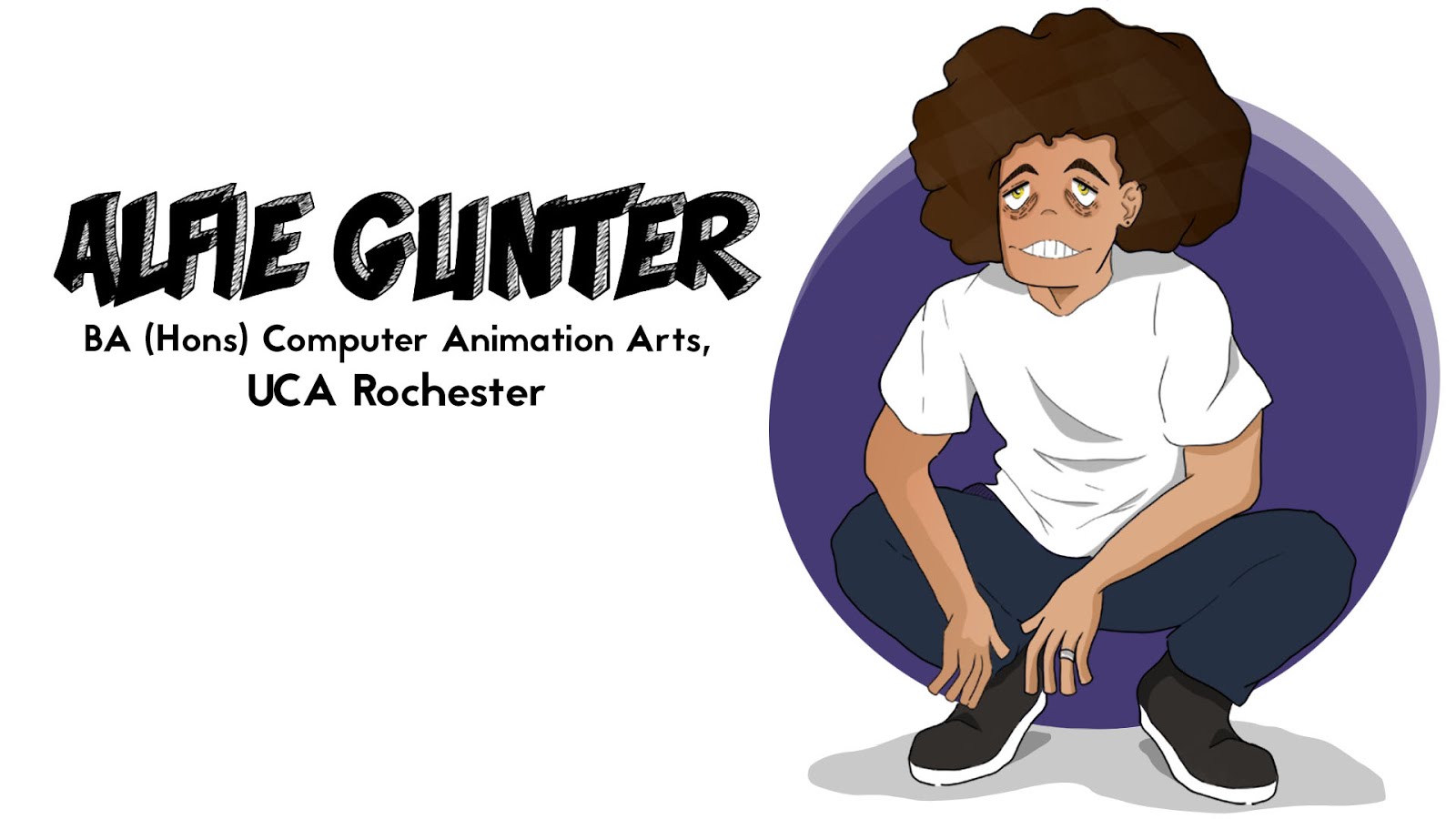Space Oddities: Das Cabinet des Dr Caligari
Robert Weine’s “Das Cabinet des Dr Caligari” (1920) is an example of German expressionism, which was the result of Germany being isolated from the rest of the world due to the build up to WW1. German expressionism focuses more on the emotion and meaning of the artist rather than the reality. This is clearly shown in the film through its set design, “The set design here is amazing, not a single right angle can be found in any one of the sets. This may not only apply to the disjointed and distorted characters in the film, but also the state of Germany at the time.” (Agnew, 2000). The set is very surreal looking, by having a jagged landscape which can be interpreted as reflecting the main character mindset. This allows Weine to create such a creative and imaginative set due to no limitations of reality.
(fig 1: poster, “Das Cabinet des Dr Caligari”)
Throughout the film the main character (Francis) tells the story of how he attempted to capture Dr Caligari after the murder of his Alan and later on the abduction of Jane. Despite this story we later find out that Francis is a patient at a asylum, where he had used other patients to fabricate this story in his mind. "'Caligari' creates a mindscape, a subjective psychological fantasy. In this world, unspeakable horror becomes possible," (Ebert, 2009). The idea of not being able to differentiate between reality and fantasy adds to the horror element of the film and to the movement of art. As a viewer who believes that this main character is just a normal man only then to find out he is insane and imagined all those horrible events can be shocking and cause an uneasy feeling. Also, considering that German expressionism does not focus on reality and more emotion/meaning this could be a link or call back to the movement. The whole story of Dr Caligari is Francis’s emotion and meaning of being in an asylum.
(fig 2)
“But you do not know until the end of the tale that the whole has been woven by the madman round the other inmates of the asylum” (C.A. Lejeune, 2014). The twist in the story adds to the horror/uneasiness of the film. In the 1920s there would have been more stigma towards the mentally ill compared to nowadays, which would be emphasis the horror element to the audience at the time. As mentioned in today's society mental illness is more accepted, people are more aware of them and there is also more help available. Although, because of this it could take away from the uneasiness that the film tries to create, so then it has to rely on the set design.
Bibliography:
1) Agnew (2000): http://www.imdb.com/title/tt0010323/reviews?ref_=tt_urv
2) Ebert, R (2009): The Cabinet of Dr. Caligari At: http://www.rogerebert.com/reviews/great-movie-the-cabinet-of-dr-caligari-1920
3) C.A. Lejeune, (2014): https://www.theguardian.com/film/2014/nov/03/the-cabinet-of-dr-caligari-review-archive-1923
Illustration:
Figure 2: http://www.indiewire.com/2016/04/the-cabinet-of-dr-caligari-sparkles-with-life-in-new-4k-restoration-290012/















